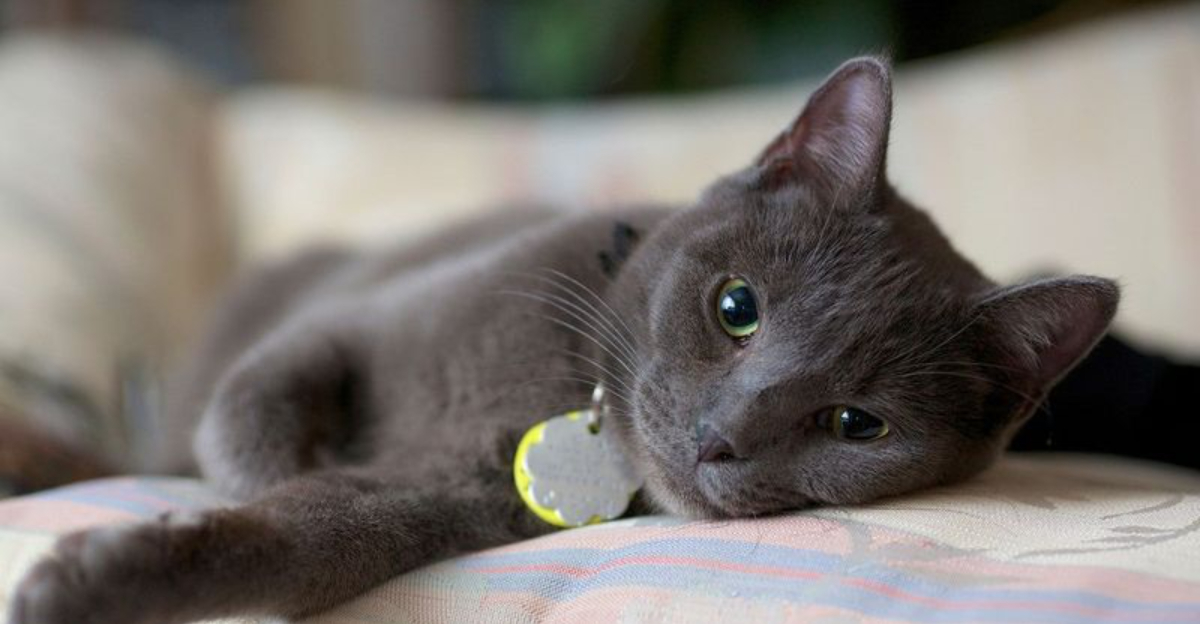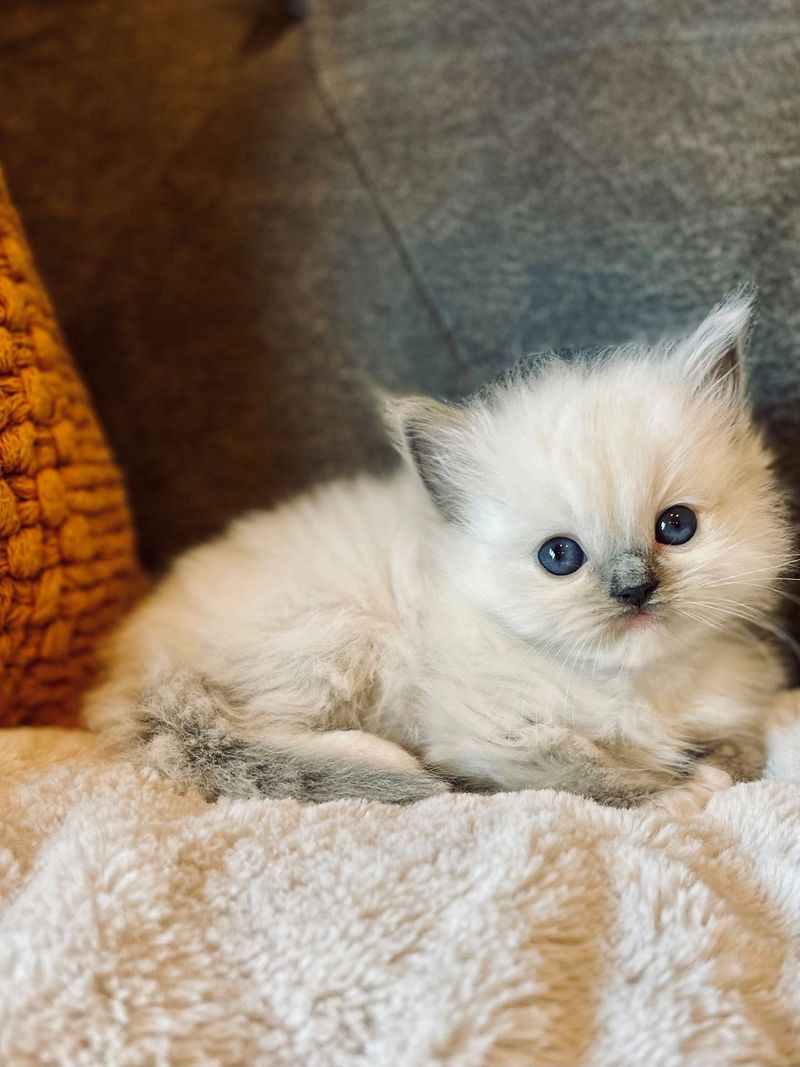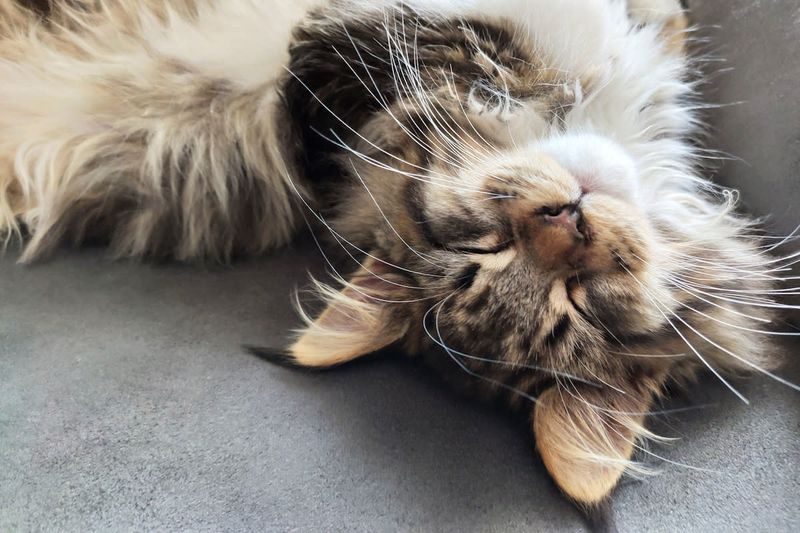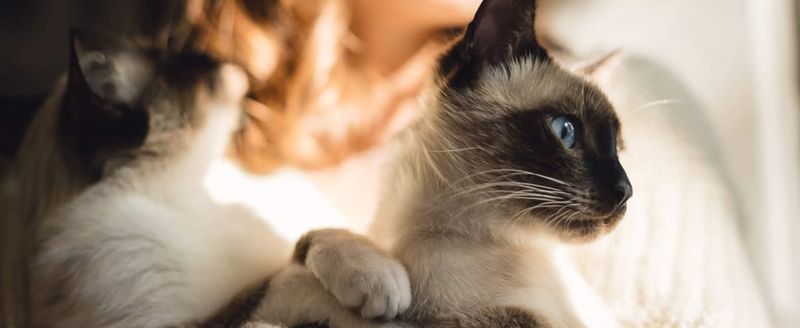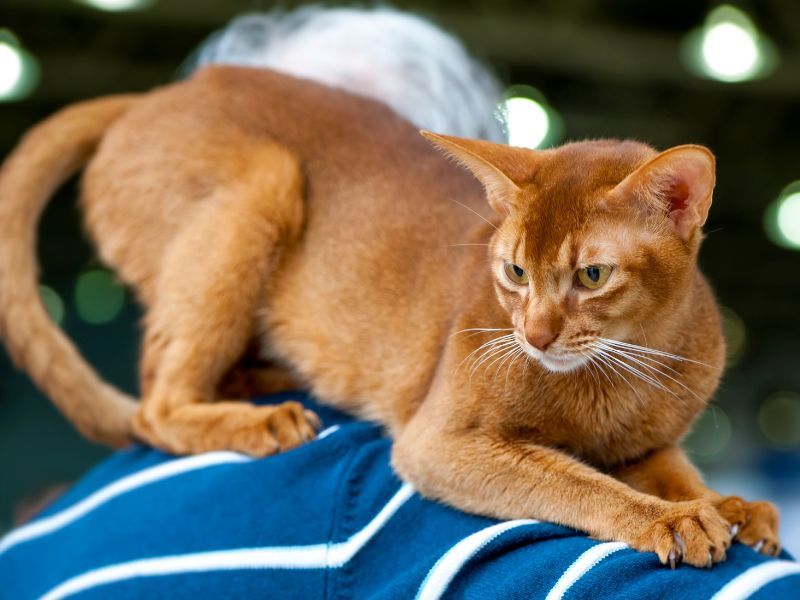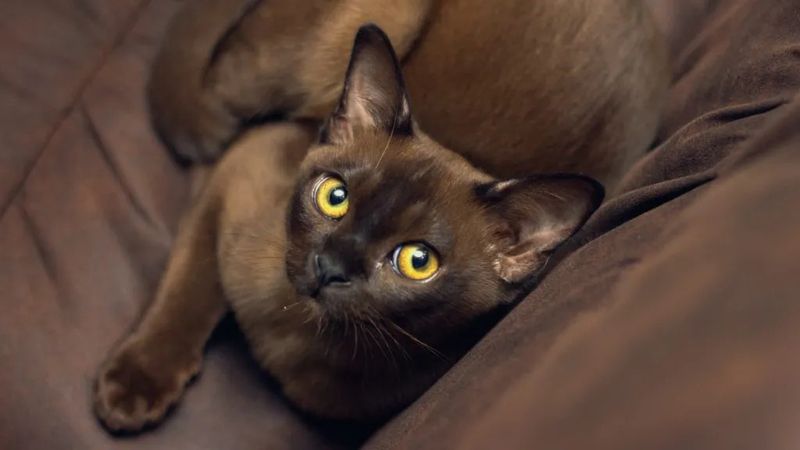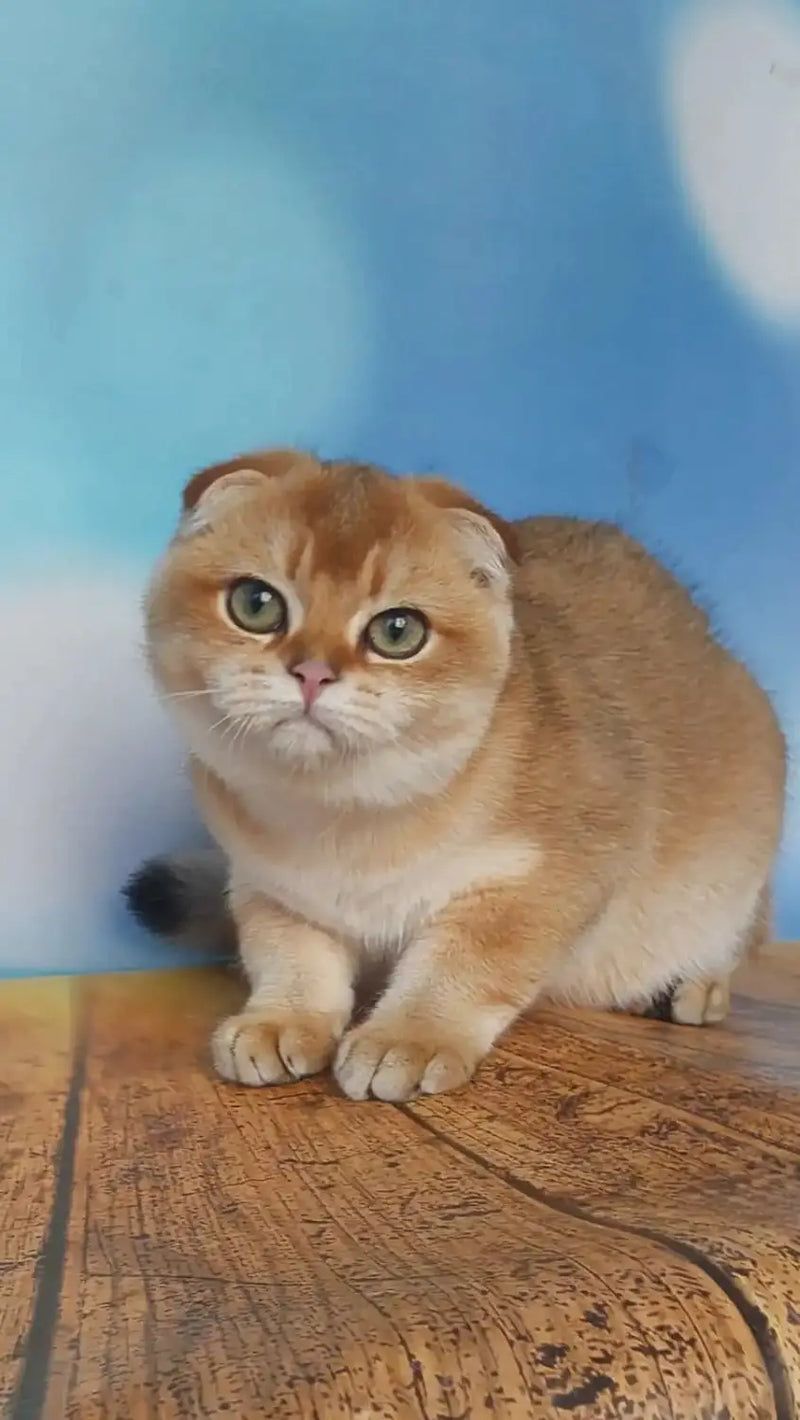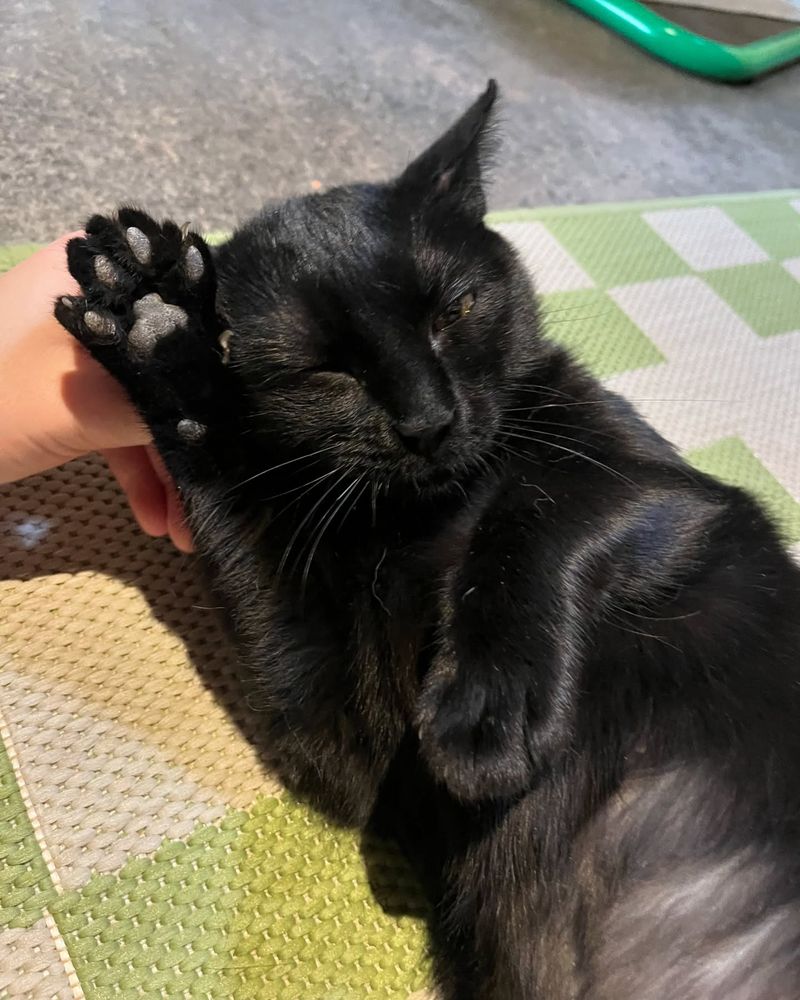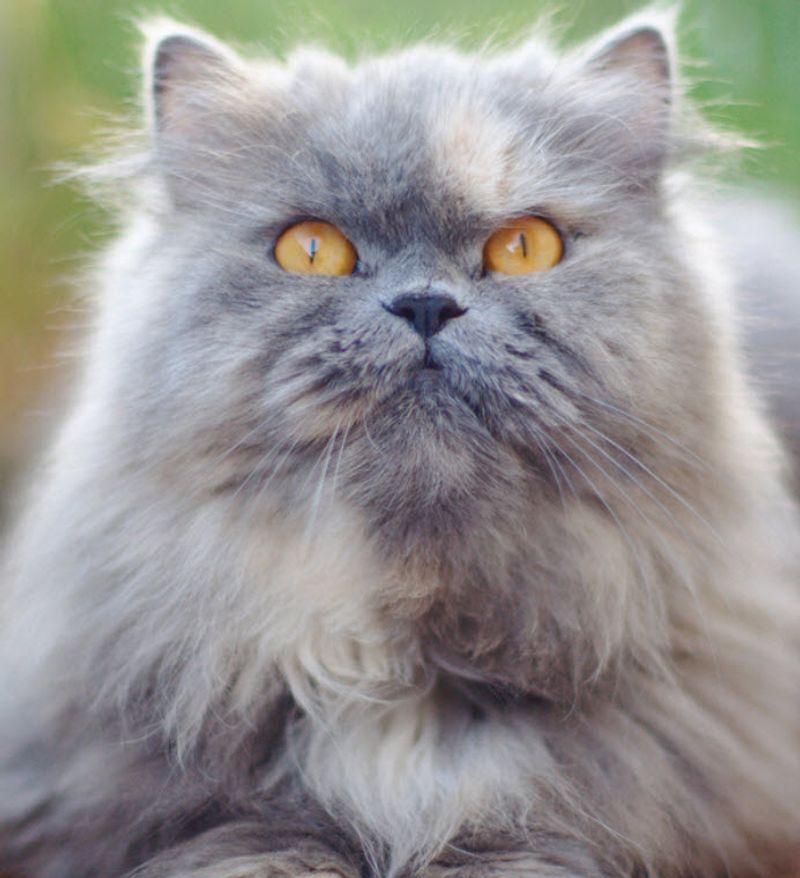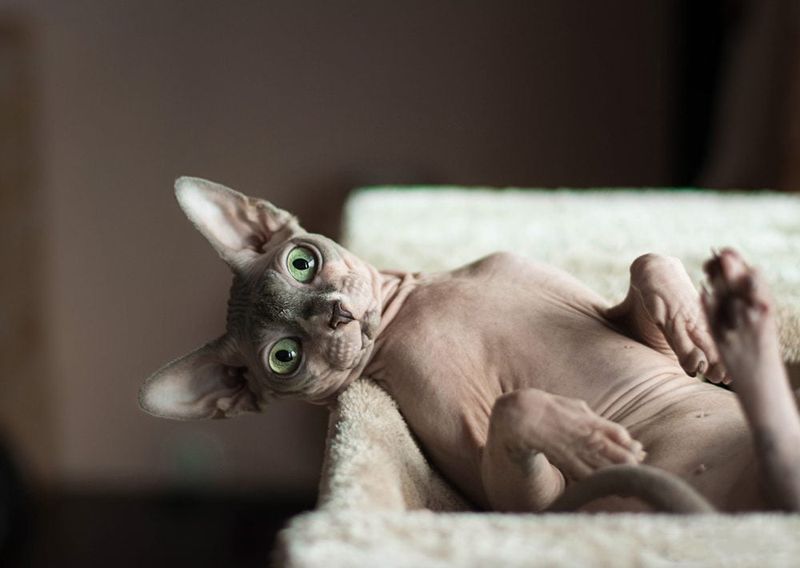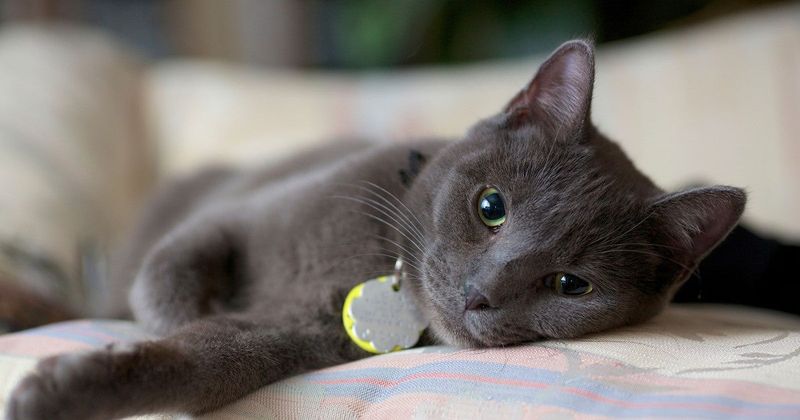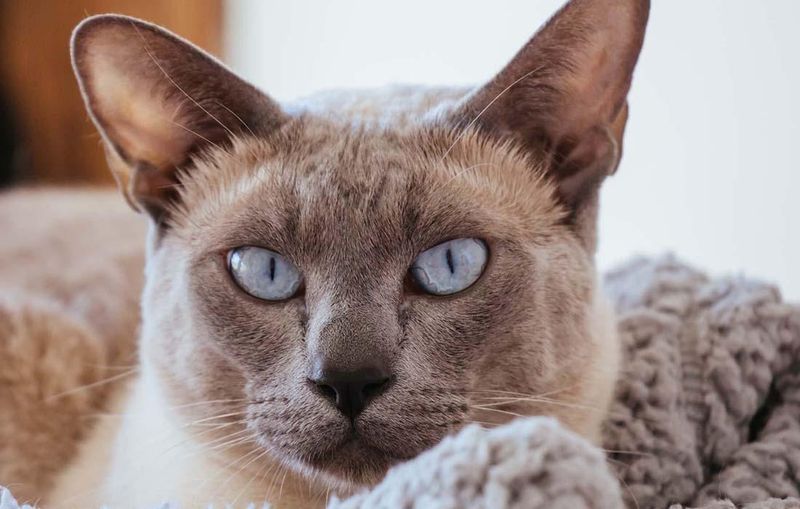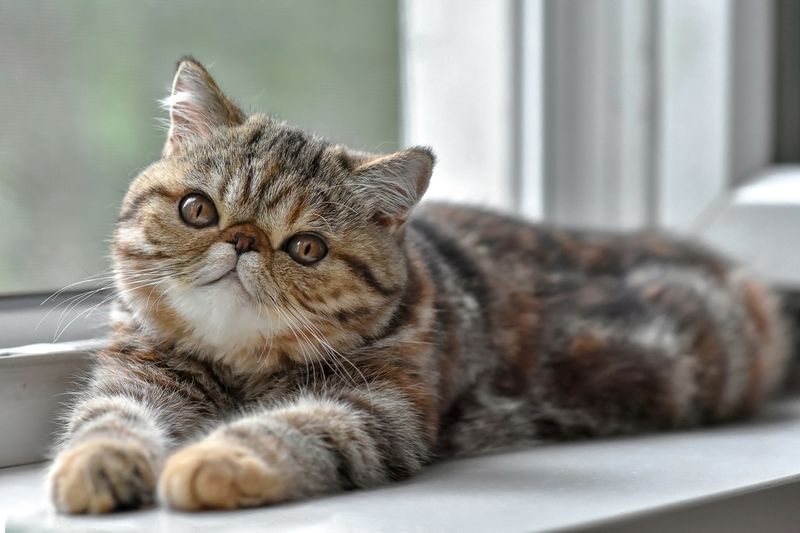📖 Table of Content:
Cats are often seen as independent and mysterious, but some breeds are surprisingly empathetic. These felines show a deep sensitivity to human emotions, responding in quiet yet meaningful ways. Their intuition often reveals itself during moments of stress or sadness.
While dogs are widely known for their emotional awareness, certain cats demonstrate similar abilities. They observe shifts in tone, movement, and daily routines, reacting with comforting presence or gentle affection. This emotional attunement builds a unique kind of companionship.
Studies have shown that cats can detect changes in human behavior and even scent linked to mood. These subtle cues allow them to offer support without words or instruction. For those seeking a deeply connected pet, emotionally intuitive cat breeds can be a perfect match.
1. Ragdoll
Known as ‘puppy cats’ for their dog-like devotion, Ragdolls seem to have a sixth sense for human distress. When you’re feeling blue, these gentle giants materialize beside you, offering their plush bodies as living therapy pillows.
Ragdolls typically follow their humans from room to room, keeping careful watch over emotional states. Their characteristic response to sadness? Gentle headbutts and persistent purring that vibrates at frequencies proven to reduce stress hormones.
Many Ragdoll owners report these cats appearing moments before anxiety attacks or emotional breakdowns, suggesting they detect biochemical changes even before we’re consciously aware of our feelings.
2. Maine Coon
These majestic forest cats bring more than impressive size to the family dynamic—they bring emotional intelligence that borders on supernatural. Maine Coons observe household routines with careful attention, noticing when someone deviates from normal patterns due to emotional distress.
Unlike more demanding breeds, Maine Coons offer silent solidarity during tough times. They position their substantial bodies nearby without overwhelming you with attention. Their approach is respectful yet present.
Particularly sensitive to children’s emotions, these gentle giants often appoint themselves as unofficial emotional support animals to the youngest family members, sleeping outside their doors during nightmares or illness.
3. Siamese
Masters of communication, Siamese cats adjust their famous vocalizations based on your emotional state. These blue-eyed empaths develop a special ‘vocabulary’ with their humans, using different tones when you’re happy versus when you need support.
Research suggests their heightened vocalization isn’t just attention-seeking but attempts at genuine emotional connection. A Siamese will often match their energy to yours—calm when you need peace, playful when you need cheering up.
Their face-oriented behavior (making direct eye contact and studying your expressions) indicates they’re actively reading your emotional cues. Many owners report their Siamese cats becoming especially vocal during times of household tension, seemingly trying to ‘talk out’ the problems.
4. Abyssinian
Athletic and vibrant, Abyssinians take a unique approach to emotional support—they actively work to improve your mood. These ancient feline lineages seem programmed to counteract human melancholy with strategic playfulness.
Unlike cats who offer passive comfort, Abyssinians bring toys during sadness or initiate games when they sense depression. Their timing is remarkably precise, knowing exactly when to create distraction from negative thoughts and when to simply provide quiet companionship.
Their high sensitivity to atmosphere makes them excellent barometers for household tension. Many owners describe their Abyssinian as ‘the family therapist,’ noting how these cats often mediate disputes by drawing attention away from arguments with their antics.
5. Burmese
Burmese cats demonstrate emotional intelligence through their persistent but gentle presence. These golden-eyed companions practice what therapists call ‘holding space’—staying close without demands during emotional turmoil.
Their uncanny ability to position themselves against the exact body part that hurts has led some to believe they can detect physical manifestations of emotional pain. Burmese owners frequently report their cats lying across their chest during anxiety or against their head during migraines.
Particularly attuned to grief, these velvet-coated empaths have been known to maintain vigil with bereaved owners, sometimes foregoing food and play until their human begins to recover. Their dedication to emotional healing seems woven into their genetic makeup.
6. Scottish Fold
Behind those distinctive folded ears lies a brain finely tuned to human emotional wavelengths. Scottish Folds employ a watchful approach to emotional support, often sitting in strategic locations to monitor their humans’ well-being throughout the day.
Their renowned patience makes them excellent companions during long periods of emotional recovery. Unlike more energetic breeds, they’ll sit quietly for hours beside someone experiencing depression or anxiety, offering silent solidarity.
Scottish Fold owners frequently note their cat’s ability to distinguish between different family members’ emotional needs, providing customized support to each person. They’re particularly responsive to tears, often approaching immediately with gentle paw touches to the face when someone cries.
7. Bombay
Sleek as panthers but warm as heating pads, Bombay cats specialize in nighttime emotional support. These ebony companions seem particularly attuned to sleep disturbances caused by emotional distress.
Bombays develop uncanny timing for intervention, often appearing precisely when anxiety peaks or when nightmares disturb sleep. Their deep, resonant purr functions as a natural white noise machine, helping regulate breathing during panic attacks.
Research suggests their pitch-black coats may serve a psychological purpose—the absence of visual stimulation when stroking a solid-colored cat can be especially calming. Many Bombay owners credit their cat’s intuitive nighttime presence for helping them through insomnia, grief, and even PTSD episodes.
8. Persian
Behind that luxurious coat and seemingly aloof expression lies a cat breed extraordinarily sensitive to human stress levels. Persians operate as living stress sponges, often seeking out the most anxious person in a room.
Their slow, methodical approach to life seems contagious—many owners report their blood pressure lowering simply by matching their Persian’s relaxed breathing pattern. Unlike more active emotional support cats, Persians offer a steady, unchanging presence that creates a sense of stability during emotional turbulence.
Fascinatingly, these cats often position themselves at heart level when their owners are distressed, as though intentionally creating a calming influence on rapid heartbeats. Their tendency to maintain eye contact during these sessions creates a meditation-like effect.
9. Sphynx
Lacking the typical furry barrier between cat and human, Sphynx cats provide a unique form of emotional support through direct physical contact. Their higher body temperature (about 4 degrees warmer than furred cats) creates a heating pad effect that soothes muscle tension caused by anxiety.
These naked empaths seek maximum skin contact during emotional distress, often draping themselves around necks or pressing their bodies against bare arms. The direct touch triggers oxytocin release in both cat and human, creating a powerful bonding feedback loop.
Sphynx owners frequently report these cats detecting hormonal shifts, becoming especially attentive during pregnancy, menstruation, or hormone therapy when emotional volatility increases. Their need for warmth creates mutual benefit in the comfort exchange.
10. Russian Blue
Famously reserved with strangers but deeply bonded with their humans, Russian Blues excel at detecting anxiety before it fully surfaces. Their silvery coats seem to match their sixth sense for emotional storm clouds gathering in their humans’ minds.
These cats employ subtle intervention techniques—bringing toys during mounting stress or creating gentle distractions when thought spirals begin. Their timing suggests an ability to detect cortisol increases before humans themselves recognize anxiety symptoms.
Particularly noteworthy is their response to panic attacks, often applying gentle pressure to the chest or lap that mimics weighted therapy blankets. Many Russian Blue owners with anxiety disorders report their cats serving as early warning systems, helping them implement coping strategies before anxiety peaks.
11. Tonkinese
Resulting from Siamese and Burmese crossbreeding, Tonkinese cats inherit emotional intelligence from both lineages, creating natural family therapists. These social butterflies actively monitor and respond to the emotional climate of the entire household.
Remarkably adaptive, they adjust their behavior based on which family member needs support most at any given moment. During family conflicts, Tonkinese often insert themselves between arguing parties, providing comic relief or distraction that defuses tension.
Their most impressive skill may be emotional contagion control—when one family member’s negative mood threatens to spread, these cats often concentrate their attention on that person while simultaneously engaging others in positive interactions. Many families with Tonkinese report smoother household dynamics and reduced emotional volatility.
12. Exotic Shorthair
Persian-like in appearance but with shorter coats, Exotic Shorthairs possess an exceptional ability to read human facial expressions. Studies suggest their round, forward-facing eyes give them visual processing advantages for detecting subtle changes in human expressions.
These observant cats often position themselves directly in front of their humans’ faces during emotional distress, maintaining eye contact that owners describe as ‘deeply understanding.’ Their response to tears is particularly notable—they frequently offer gentle face touches with paws or noses.
Exotic Shorthairs seem especially attuned to masked emotions, often responding to sadness or anxiety even when humans try to hide these feelings. Many owners report their cat detecting depression before family members notice, often increasing attention and physical contact during early stages of emotional decline.
